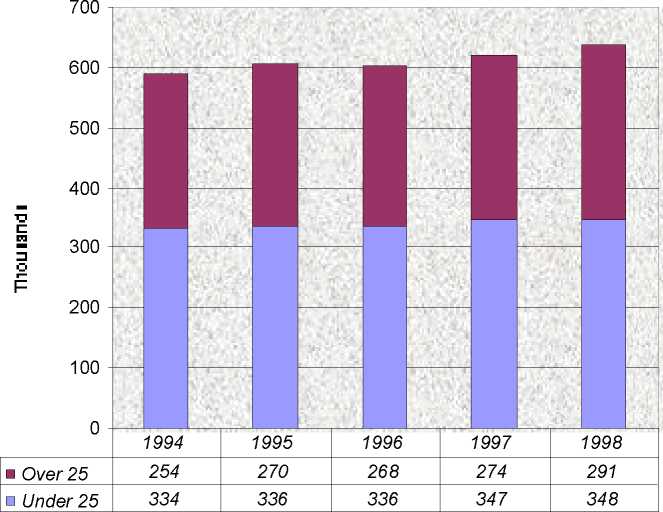Figure 6: Age-related participation in higher education

Source: HESA (1999) Press Release PR 29
In many respects, participation growth trends in higher education reflect those for 16-19 year
olds. The period between 1987-94 was one of rapid growth while the years since have seen a
gradual deceleration. This has been most marked since 1997/8.
Overall, there has been a steady increase in participation in higher education of about eight per
cent during the last five years, though at a much slower rate than in the late 1980s and early
1990s. The source of recent growth has been mainly in the over-25 years age group, part-time
participation and in sub-degree provision (illustrated in Figure 6). However, during 1997/8 there
was a 11 per cent decline in applications from the older age group being accepted for degrees,
compared to a one per cent rise for the under 21 age group. UCAS data shows that university
applications from the under 21 year old age group continued to rise steadily during what we have
described as the ‘slowdown phase’. However, since 1997, the situation has been marked by a
broadly plateauing trend (HESA 1999, 2000). The peaking trend in home applications for
degrees in 1998 is spread across all social groups but is most marked in the ‘unskilled’ category
(UCAS 1999). Moreover, there has been a steady decline in participation in Higher National
Diploma (HND) and Higher National Certificate (HNC) provision, particularly in higher
education institutions, although this has not been so great in further education colleges (DfEE
2000). HND provision suffered a four percentage point decline in accepted applications in
1997/8 which was most marked in relation to the older age group. On the other hand, the area of
greatest expansion during the mid to late 1990s has been in part-time undergraduate provision
other than HNDs and, more specifically, in qualifications related to a wide range of health care
professions (HESA 1999).
10
More intriguing information
1. Whatever happened to competition in space agency procurement? The case of NASA2. Program Semantics and Classical Logic
3. Natural Resources: Curse or Blessing?
4. Notes on an Endogenous Growth Model with two Capital Stocks II: The Stochastic Case
5. The name is absent
6. The name is absent
7. The name is absent
8. New issues in Indian macro policy.
9. Pursuit of Competitive Advantages for Entrepreneurship: Development of Enterprise as a Learning Organization. International and Russian Experience
10. Altruism and fairness in a public pension system